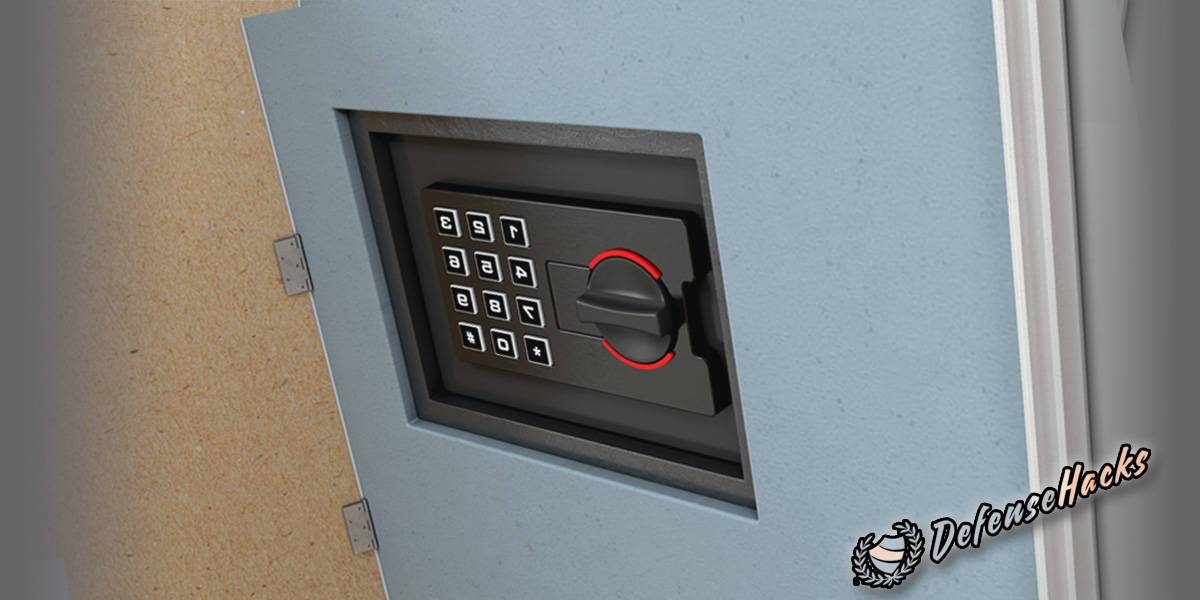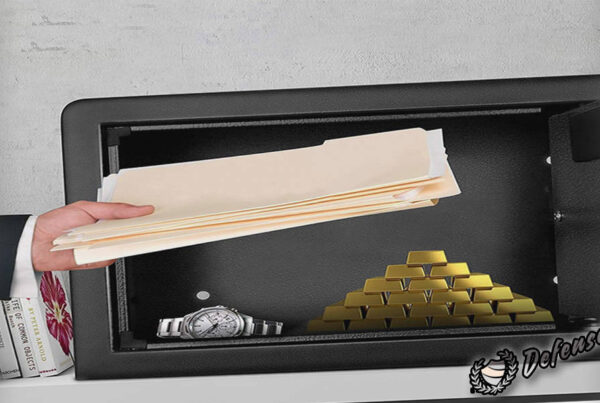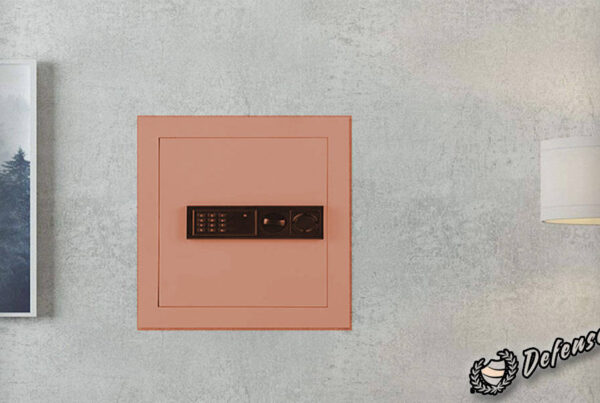You’re probably reading this because you’ve decided to bottle feed your baby using either formula milk or expressed breast milk. With such a young baby with an immature immune system, it’s absolutely vital that you keep all feeding equipment, such as baby bottles & teats, clean and safe.
The process of sterilising helps to protect your baby against harmful bacteria and infection. The steriliser itself is a unit that lends itself to making the sterilising process quick and simple for you. Whilst bottle feeding you should sterilise all bottles, teats, dummies/soothers, breast pumps, and any other feeding equipment you may be using. It is recommended that you sterilise these items up until your baby is one year old. This is when the immune system is better developed to fight off the harmful bacteria and infection.
When you begin feeding you baby solids at around 6 months old, you should also sterilise and bowls and spoons being used as well.
Which baby bottle sterilisers are available in the US?
First of all you should know that there are three different types of steriliser on the market. I’ll take you through to pros and cons of each type below.
#1 Cold Water Sterilisers
To be able to use the cold water sterilising method you will need a strong plastic container with a lid, in addition to that you will also need either sterilising tablets or liquid. You then place all of the bottles, teats, etc. into the container with water and the sterilising tablet/liquid, then simply leave to soak for at least 30 minutes. The items will remain sterilised for up to 24 hours providing they are kept submerged in the solution.
When removing items from the steriliser they must be rinsed with recently boiled water prior to use. Due to the solution involved in the cold water sterilising method you may notice a funny taste or smell, even after the rinsing. Your baby may be put off by this as you might well be in their situation. The remaining solution can be reused as often as is required for up to 24 hours from the initial making of the solution.
- Keeps bottles & teats sterilised for up to 24 hours
- No waiting for things to cool down as you would with the other types of steriliser
- Inexpensive to get started
- You’re able to just leave bottles in there until you need them rather than making them all at once
- Your baby may not like the smell or taste and potentially reject bottles as a result
- There are ongoing costs, albeit not very high but the other two types are ‘pay once’ sterilisers
- Smaller capacity than some of the electric sterilisers
#2 Electric Sterilisers
These sterilisers, as you’d imagine, are mains operated. Electric sterilisers work by heating a small amount of water to generate steam which then sterilises the baby bottles and any other items contained within. The steam generated through this process kills off any harmful bacteria thus ensuring the items are sterilised. There are no chemicals used in the process here so no need for rinsing and no bad smell or tastes for baby either.
The time required for sterilising can vary by manufacturer and so ranges from 6 minutes up to around 15 minutes. The items contained within tend to remain sterile for up to 24 hours providing the lid is kept closed, this does vary my manufacturer so please ensure you read the manual.
For everyday use at home, the electric sterilisers are the most convenient method of sterilising, especially if you don’t own a microwave. Also, the ability to just fill it and switch on can give you back a few precious minutes with every use. The capacity of the electric sterilisers is larger than either of the other two types, useful if you have a large number of bottles and other items to sterilise every day.
Most of the leading manufacturers of baby bottles also have an electronic steriliser on the market as well. My advice is to stick with your bottle manufacturer’s offering as you’ll be safe in the knowledge that they will fit perfectly. Baby bottle size can vary considerably so if you do plan on choosing another option then ensure that you’ve checked that your bottles will fit.
- Keeps bottles & teats sterilised for up to 24 hours
- You’re able to just leave bottles in there until you need them rather than making them all at once
- No need to keep stock up on solutions or tablets
- Very quick and easy to use, just fill it up, switch it on and it can be done in as little as 6 minutes
- Very good capacity compared to both other types of steriliser
- The items can be very hot immediately after the sterilising process has finished, allow time to cool
- More expensive than a cold water steriliser
- Fitting your baby bottles into another manufacturer’s steriliser isn’t always guaranteed
- Will require de-scaling after a few months of use
#3 Microwave Sterilisers
The microwave variety of baby bottle sterilisers are very similar to the electric steriliser. They too create steam which then kills the harmful bacteria, thus sterilising the items contained within. There is no use of chemicals here either meaning no rinsing required and no bad smell or taste for your baby.
The time required for sterilising can vary based on the power of your microwave and so ranges from 3 minutes up to around 8 minutes. The items contained within tend to remain sterile for up to 24 hours providing the lid is kept closed, this does vary my manufacturer so please ensure you read the manual. Please remember that metal items cannot be sterilised in a microwave!
Interestingly, some of the microwave sterilisers are actually designed to be used as cold water sterilisers. This adds a bit of flexibility to the use of course but it does depend on the model so check before you buy if this is something you’d find useful.
Again, as with the electric offerings, a lot of baby bottle manufactures also produce a microwave steriliser as part of their range.
- Keeps bottles & teats sterilised for up to 24 hours
- You’re able to just leave bottles in there until you need them rather than making them all at once
- No need to keep stock up on solutions or tablets
- Very quick and easy to use, just fill it up, pop in the microwave and it can be done in as little as 3 minutes
- Cheapest option available for some of the most popular manufacturers of baby bottles
- Better for travelling than the others due to size & convenience
- The items can be very hot immediately after the sterilising process has finished, allow time to cool
- Fitting your baby bottles into another manufacturer’s steriliser isn’t always guaranteed
- Limited capacity due to having to fit into a microwave (check the dimensions to ensure it will fit in your microwave)
- A lot of breast pump items are not suitable for the microwave so sterilising this way won’t work for those items




